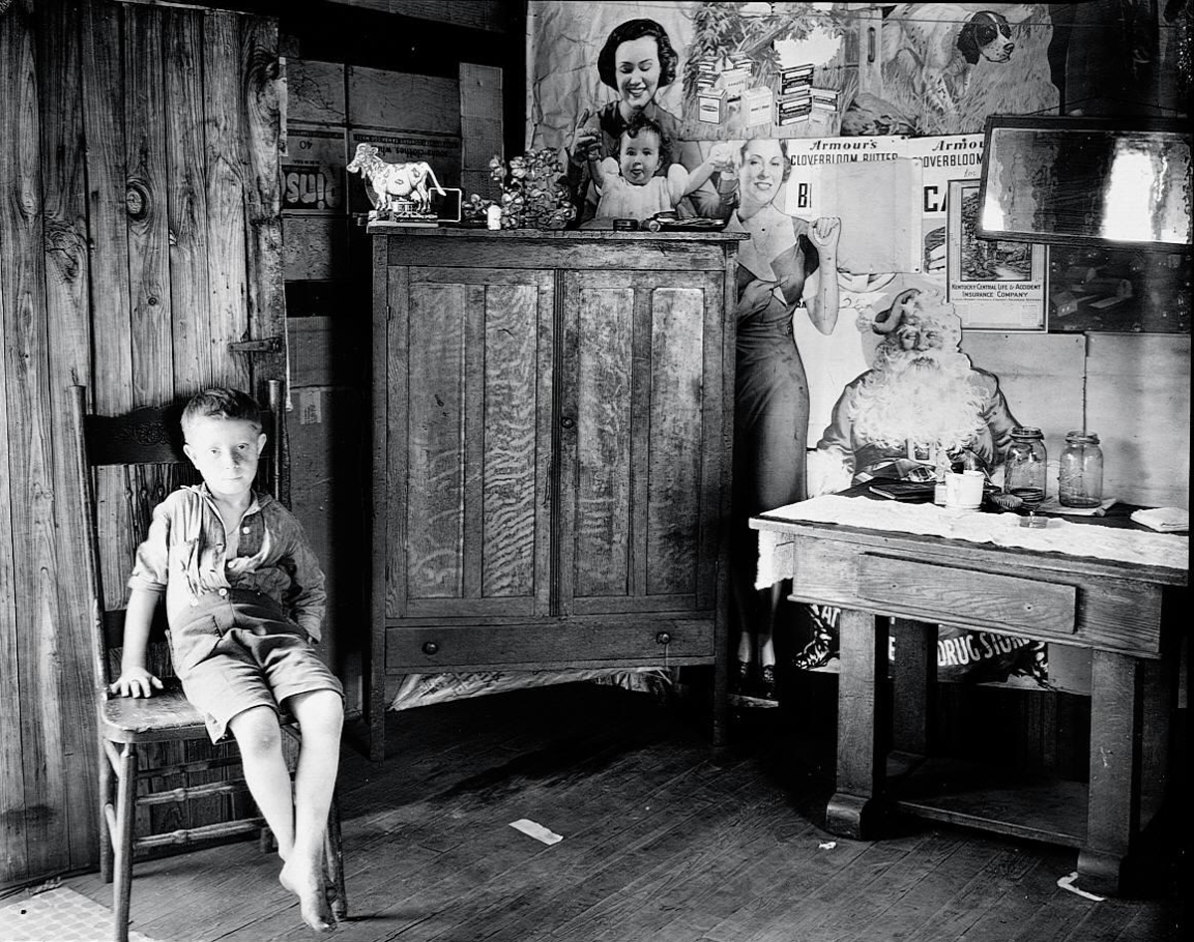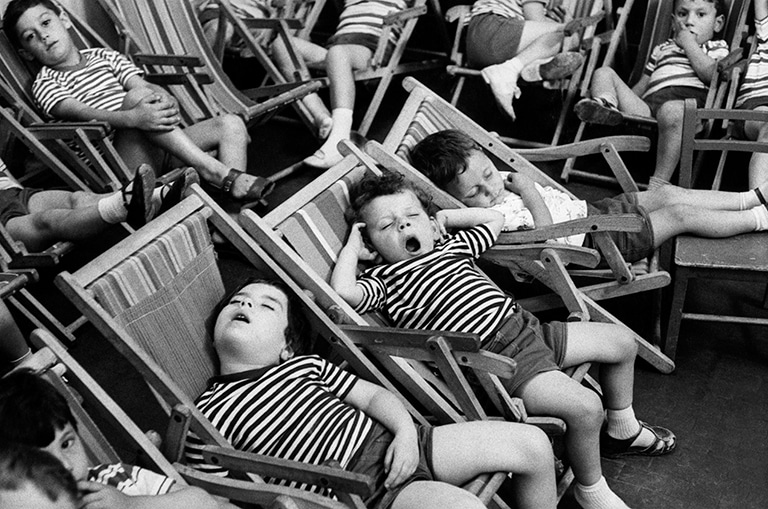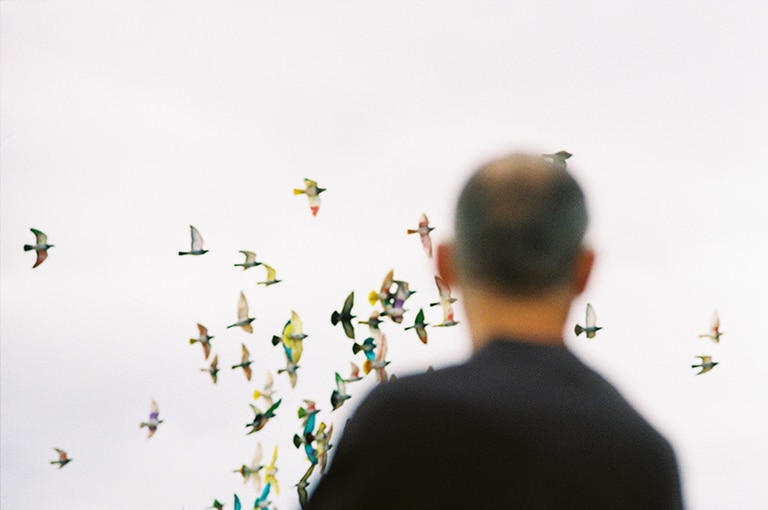Walker Evans
JAN.15.2009 ──────── MAR.22.2009

Living room, West Virginia, 1935
Private collection
© Walker Evans Archive, The Metropolitan Museum of Art
The Exhibition
North American photographer Walker Evans (1903-1975) is regarded as one of the key figures in the history of photography, the instigator of direct photography in the 1950s, and the godfather of the generation that produced Robert Frank, Lee Friedlander, Gary Winogrand and Diane Arbus.
This comprehensive retrospective broadly documented every stage of his career through more than one hundred extraordinary photographs loaned from the leading private collection of the photographer’s work.
Evans’ work is far from what was then considered art in photography. Through his camera, in a style that came to be referred to as documentary, he examined the facts directly, seeking to represent its subjects in relation to themselves, apparently without any intervention, in a precise and emotionless way without leaning towards idealization. For the first time, his work made people understand that photography as an artwork could have the same appearance as any other photograph and portray any kind of subject, from a bleak and squalid Alabama room to a subway passenger in New York engrossed in their thoughts. The artistic quality was purely in the clarity, intelligence and originality of the photographer’s perception.
This new direct style, fed by subjects that could sometimes be aggressively ordinary, breaking down the barriers between ugliness and beauty, between importance and triviality, would be the one that in the Thirties would facilitate the infiltration of modern aesthetics in American photography and, in the long term, the style that would provide the basic tools for many other photographers and artists from subsequent generations to construct their oeuvre.
The exhibition began with a generous selection of Evans’ early photographs, taken with a Leica in New York in 1928. This first approach to the ‘real’ America, together with his conception of photography as something inherent to the world, runs through Evans’ work like a guiding thread. New York, Havana, New Orleans, Chicago, the great metropolises of the East: Evans devoted most of his photographic projects to exploring the urban fabric and the accumulation of signs, focusing his lens on a range of objects, events and people in unprecedented framings and perspectives.
Evans combined social, documentary and >aesthetic criticism, trying to convey the harsh living conditions and extreme poverty of the rural population to an audience that was unaware of the situation that was devastating the country.




